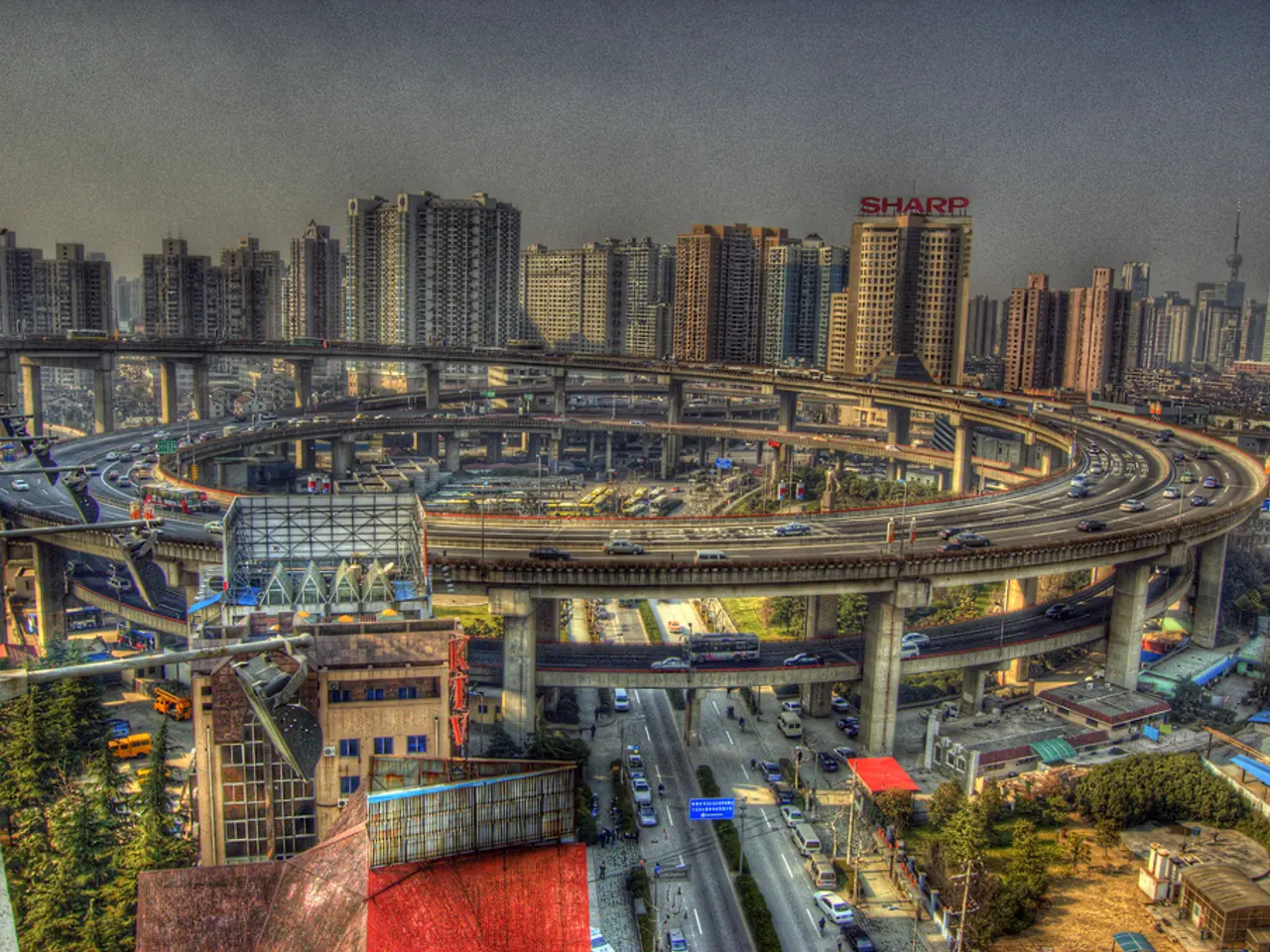Reassessing the Definition of "Urban" in India Necessary
In India, the discussion about expanding the definition of urban areas is gaining traction. This shift aims to better reflect the rapid urbanization driven not only by population growth but also by the formation of new cities and urban sprawl.
Currently, the definition of urban areas is largely based on subjectivity, population size, density, and occupational distribution. However, this approach falls short in capturing the complexity of India's urban landscapes.
Economic activity should be a primary criterion for defining urban areas. Regions with high economic output, diversified industries, and active trade and commerce networks should be classified as urban, regardless of population size. This approach aligns with the reality that many rural areas now host industries, service-sector jobs, and other non-agricultural employment opportunities.
Areas with robust transportation networks, internet penetration, and market access often function as urban hubs. McDonald's outlets in India are used as proxies for defining urban spaces, underscoring the importance of these factors in urbanisation.
Physical and digital connectivity is a critical indicator of urbanisation. Population-based definitions do not account for migration dynamics, which significantly impact urban areas. The binary classification of areas as rural or urban based solely on occupation is challenged by hybrid livelihoods that many Indians pursue.
By adopting a multidimensional approach, India can ensure that its policies and programmes are better aligned with the realities on the ground, paving the way for more equitable and sustainable urban development. This approach responds to challenges like unplanned growth and widespread slums, where nearly 30% of the urban population lives in inadequate housing conditions.
Redefining urban boundaries to include peri-urban regions and emerging towns will expand the reach of urban governance. This move will allow city governments to access property tax, user charges, and other urban revenue streams, which are currently inaccessible due to the limited jurisdictional area of the Urban Local Bodies (ULBs) for public service delivery.
The jurisdictional area of the ULBs is expected to expand severely with this redefinition. Many rural areas that exhibit urban characteristics are left out because their population does not meet the threshold. Areas with a population of up to 75,000, such as census towns near megacities, have not been classified as urban despite their urban characteristics.
Adopting a multidimensional approach to defining urban areas has several far-reaching implications for policy, planning, and governance. Recognising the interconnectedness of rural and urban economies will encourage policies that promote balanced regional development. Greater diversity, higher literacy rates, and progressive social norms often characterise urban areas, making them more conducive to such policies.
However, this change will not come without challenges. Advocacy and stakeholder engagement will be crucial to overcoming resistance to these changes. The reality of India's urban areas is far more complex than the population size and occupation metrics can encapsulate. Urbanisation is not just a physical or economic process but also a socio-cultural phenomenon.
By 2050, these urban sites are expected to host over 800 million people. Redefining urban areas can help integrate urban and rural development efforts, ensuring a more equitable and sustainable future for India's rapidly urbanising population. Access to urban services like healthcare, education, water supply, sanitation, and waste management will become more meaningful indicators of urbanisation, ensuring a higher quality of life for all.
Read also:
- Impact of Alcohol on the Human Body: Nine Aspects of Health Alteration Due to Alcohol Consumption
- Understanding the Concept of Obesity
- Tough choices on August 13, 2025 for those born under Aquarius? Consider the advantages and disadvantages to gain guidance
- Microbiome's Impact on Emotional States, Judgement, and Mental Health Conditions







